You’ve decided to run a promotion or treatment open day at your practice and that social media advertising fits your tactics to get people booked in. However, there is no point investing in your marketing if you and your team aren’t equipped and ready to follow up on the leads such a campaign will generate.
Here are some things to consider to improve your response handling:
Is the correct person in your team following up the leads?
We highly recommend that the practice treatment coordinator (TCO) follows up all social media leads as they are usually best equipped to answer more detailed queries and questions. However, not all practices have a TCO in place and the front desk team members are able to do the follow-ups. To maximise the potential to convert each lead to an appointment and then treatment sold you may want to consider training someone in-house to take on a Treatment Coordinator role. We are finding that this role is ever more crucial within successful practices and can eventually free up Clinician time by the TCO carrying out the Free Consultations instead of the Clinicians.
Have you got access to the lead tracking spreadsheet so you can keep an accurate record of contact rate and feedback?
It is really important to log when an attempt to contact a lead has been made and also details of next steps booked as well as leads that are no longer interested with a reason why. This not only helps the team know the outcome (especially where the follow-up task is shared between more than one person), but it also helps the digital team running the campaign understand lead quality and contact rate through real-time feedback we receive on the shared spreadsheet. It is also important to note on the spreadsheet when the patient agrees to treatment and the treatment value. This helps the team understand conversions rates through the new patient journey, identify areas for improvement as well as cost per lead by treatment type and return on investment.
What is the demographic of your target market?
It’s important to consider your target audience as this will influence what day/time they may be more responsive or able to talk on the telephone. Consider the following:
- Are they students, retired or working?
- Would they be more likely to respond to a phone call or text/email?
- Are they likely going to be at work and unable to take personal calls?
- Is it school run time?
- Is there someone in the practice allocated to stay late to follow up leads in the evenings?
Have you set enough time aside to handle further questions should you manage to speak with the lead?
When you make contact with the lead you may find that prior to booking in for the consultation, they want more information on the treatment, details on the offer as well as costs and finance options. It’s important that all team members contacting leads have this information to hand and well prepped.
When is a lead a “dead lead?”
When do you stop chasing leads? Set some rules with your team on how much time you want them to spend contacting and following up the leads. Essentially a lead is not dead until you have made contact and they have told you they are no longer interested. Even leads going back a few months can be contacted successfully long after the event and remain interested in treatment, this is especially true for high-value implant or orthodontic cases where the decision to go ahead takes time.
Do not be scared to follow up leads, you are not cold calling
Each lead that comes through from a campaign has read and clicked an advert, they have most likely gone on to read more information regarding the offer, before submitting their details for a free consultation or a callback. You have their permission to follow up. It isn’t often but you may experience one or two people who don’t remember clicking on the ad, this is normal and can often be an excuse because the timing may not be convenient for them..
So now that the best person is in place and ready to contact the leads from your Social Media campaigns here’s how you should follow up:
By Telephone
We follow a simple rule at Hive and we “escalate to voice” as soon as possible. Pick up the phone and call the person, letting them know that you’ve received their Facebook request for a “Free Consultation” or whatever the promotion may be and ask when’s the best time to book them in. It is at this point they may want you to provide further information about the treatment such as what’s involved, rough costs, etc. so make sure you’re ready. If it seems like someone can’t speak freely or is a little awkward it is likely that they can’t talk because there are other people present. Always ask if it’s a good time to speak and if not arrange a better time to call.
By Email
If you only have an email address, send an email with a short introduction and thank the individual for their Facebook enquiry for an “insert promotion here” and offer them a couple of dates and times to come into the practice. They will usually reply with the best time for them or they may suggest a more suitable time. If you get no response via email it might be due to the email going into their ‘Spam’ or ‘Junk’ folder and so still continue to follow up the leads either via phone or text. Think about what subject line you are giving the email, anything too spammy will usually get filtered into junk/spam.
By Text message
In most cases, the telephone number provided on the lead form is a mobile number and so texting a short and to the point message can work well. Something along these lines of “Thanks for contacting (Practice name) we’ve received your Facebook request for an ‘insert promotion here’. We have (date & time) and (date & time) available this week. Reply with which suits you best?” Perhaps pick one daytime appointment and one evening appointment where available so there’s more flexibility.
If you want to bring in more leads to your practice or if you need help making sure your TCO is converting the leads, we can help, please get in touch.








